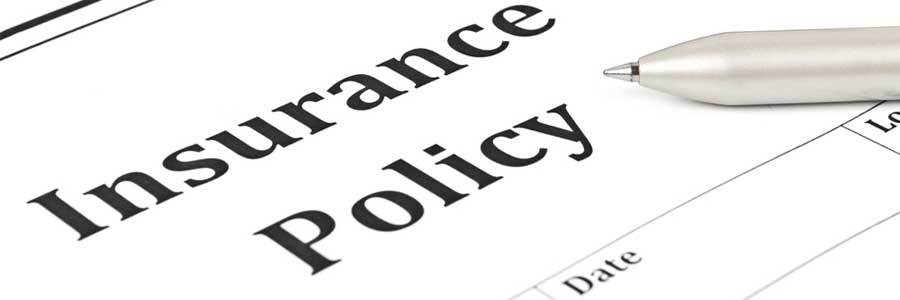
The coinsurance clause in most commercial property policies is one of the most misunderstood insurance concepts out there. However, it is one concept you should know as a business owner as it could be costly if you were to ever suffer a claim.
Definition
Through coinsurance the business agrees to “co-insure” any loss with the insurance company if it does not purchase adequate limits of insurance based on a percentage agreed to by both parties.
Purpose
Coinsurance is intended to provide a financial incentive to a business to carry adequate limits of insurance and to reward them with a reduction in premium for doing so.
In Practice
If you were to ever have a loss at your property, an adjuster will come out to determine the cause and extent of the loss. One of the first things these adjusters do is determine a true replacement cost for the building that was damaged. When the adjusters go back to the office to determine the claim payment, they will always check the coinsurance percentage to ensure the owner was adequately insuring the property.
Example
Coinsurance is one of those concepts that is best explained with an example, so here is one for you. A business owner buys a building. The building would cost $1 million to rebuild, but the new owner thinks that the largest loss he could suffer is $500,000 and he decides to insure the property for that value with an 80% coinsurance factor and $1,000 deductible. Six months into the policy a fire breaks out and damages the building. The repair estimate is $100,000 and the insured is happy, because he has $500,000 in coverage. However, when the adjuster offers a check for $61,500 the insured is irate. If only he had found an agent that would have explained coinsurance to him he would have not been out of pocket nearly $40,000.
In this example, we determine the claim payment using the coinsurance “did over should” method as illustrated below:
( * Loss) – Deductible = Loss Payment
((Did/Should) * Loss) – Deductible = Loss Payment
[(($500,000)/(80% * $1,000,000)) * $100,000 ] – $1,000 = $61,500Can I Change the Percentage?
The most common percentage used by insurance companies is 80%, but discounts are available for 90% and 100%. The higher the percentage, the less wiggle room your building limits have.
How Do I Avoid It?
The easiest way to avoid coinsurance is to adequately insure your Buildings, Contents, and Business Income and Extra Expense coverages. However, in theory that is easier said than done. Property valuations change constantly, and inflation increases property values year after year.
We often suggest insureds to purchase insurance appraisals which differ from a common real estate appraisal that tends to look market value over insurable value. If you’re in a condominium, the Florida Statutes actually require the association to get a new appraisal every three years.
Another way to avoid coinsurance all together is to obtain a Business Owners policy. These policies which include Property, General Liability, and some other coverages such as Crime have no coinsurance clause included.
The other way to avoid the clause is to ask your agent if coinsurance could be waived. Many companies are allowing this more and more especially if the insured obtains appraisals.
Conclusion
In conclusion, we always urge our clients to adequately insure their properties. Yes, you may save a little money now if you decide to underinsure, but when and if a claim comes it could devastate your business.
If you have any questions about coinsurance or Commercial Property insurance please contact Brian Ford at BFord@InsuranceResourcesLLC.com











